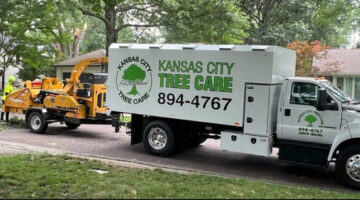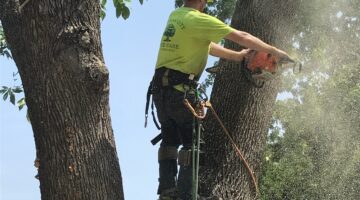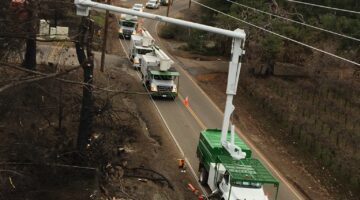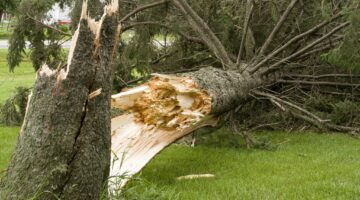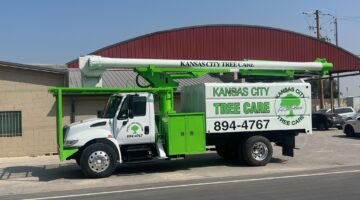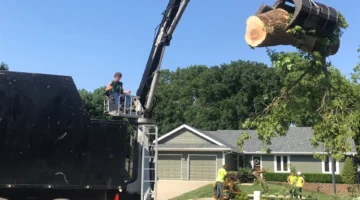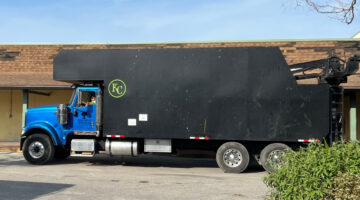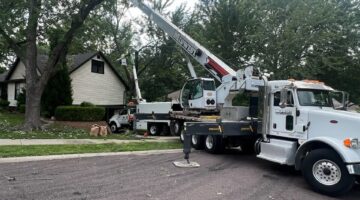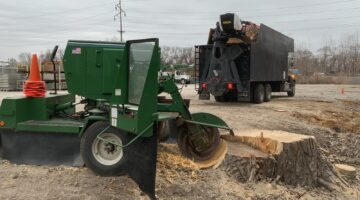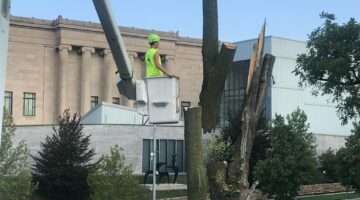Kansas City’s construction scene is booming, with new residential, commercial, and infrastructure projects shaping the region. One critical yet often overlooked aspect of any successful construction project is land clearing. From creating safe, buildable plots to protecting the surrounding environment, land clearing plays a foundational role in setting the stage for progress.
This blog will cover the basics of land clearing, its importance for construction in Kansas City, the specific challenges faced in the area, and best practices to minimize environmental impact. By the end, you’ll understand why professional land clearing services are invaluable for any project.
What is Land Clearing
Land clearing is the first step in most construction projects. It involves removing obstacles such as trees, vegetation, rocks, and debris to prepare a site for building. Whether you’re working on a small residential lot or a large-scale commercial development, clearing the land ensures the ground is suitable, safe, and accessible for construction crews and their equipment.Basic Processes of Land Clearing
The process typically includes the following steps:- Site Evaluation: An arborist or construction specialist assesses hazardous trees, vegetation, and other site-specific factors before work begins. Keywords like Hazardous Tree Evaluation and Arborist Kansas reflect the importance of this stage.
- Tree Removal and Stump Grinding: Trees are removed carefully with specialized tree care equipment, followed by grinding or pulling stumps for a clean slate. Tools such as cabling and bracing trees may also be necessary in areas where trees are preserved but require support during construction.
- Vegetation Removal: Dense shrubs, underbrush, and invasive species are cleared to ensure the site is manageable.
- Grading and Leveling: Once clearing is complete, the ground is graded and leveled to create a stable foundation for building projects.


